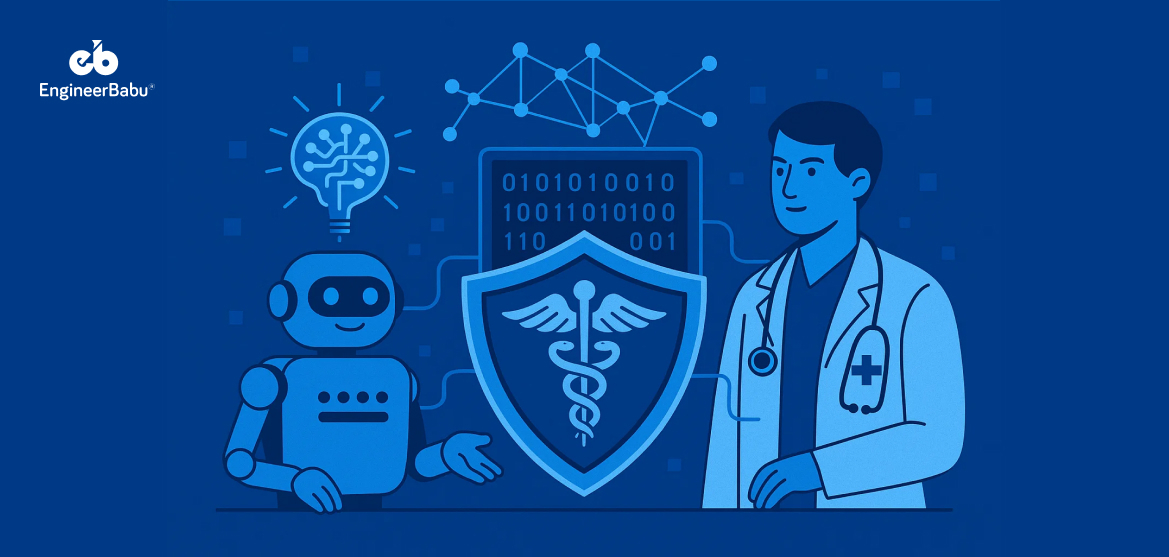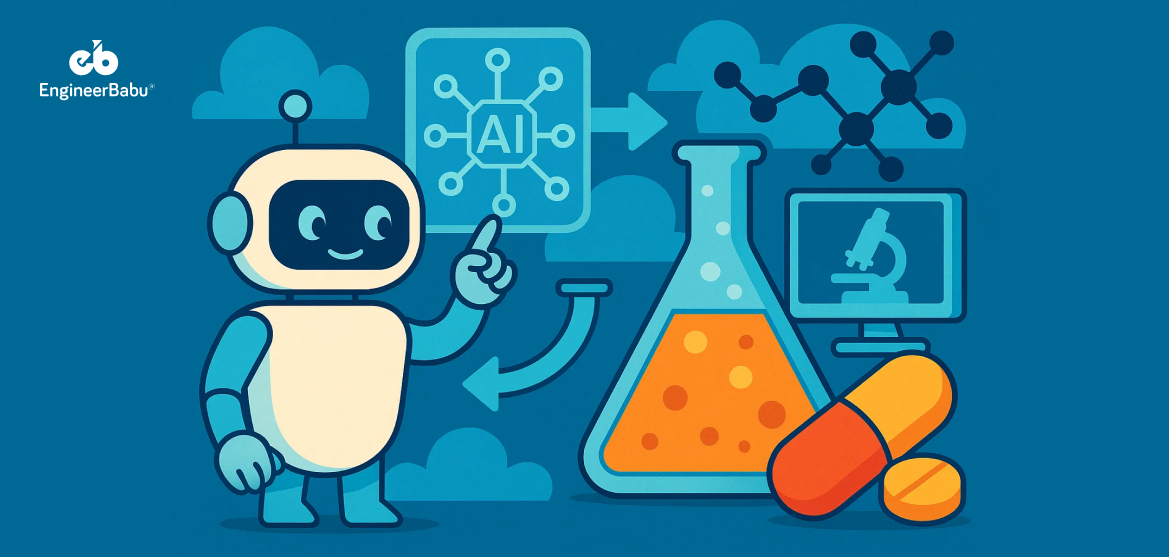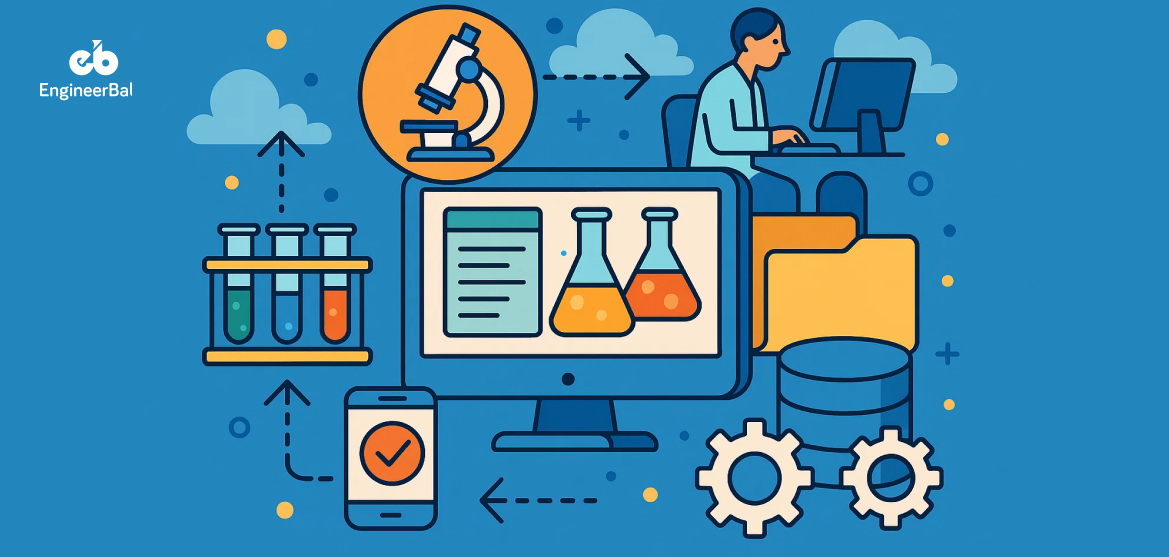Telehealth apps are no longer experimental. They’re a critical part of how healthcare is delivered today, from managing chronic conditions to enabling real-time virtual consultations. But before a single line of code is written, there’s a decision that can shape everything from your app’s user base to its regulatory exposure: should you build for Android or iOS?
Android dominates global smartphone market share, holding around 70.5% as of April 2024 according to StatCounter. iOS, on the other hand, remains the platform of choice in high-income markets like the United States, where it accounts for over 57% of the mobile operating system share.
In telehealth, those numbers matter. If your platform targets Medicaid patients in rural areas, Android’s device diversity might be a strength. If you’re aiming at a concierge care model for urban professionals, iOS could offer faster development and stronger monetization.
But this decision goes deeper than just demographics. Platform-specific challenges like device fragmentation, API availability for wearables, app store restrictions, and data encryption policies can all impact the performance, compliance, and trustworthiness of your healthcare solution.
This article breaks down Android vs iOS specifically for telehealth development. Let’s dive in.
Android vs iOS: A Feature-by-Feature Comparison
Market Reach and User Demographics
When building a telehealth app, the platform you choose directly affects who can access your services.
Android holds the majority of the global smartphone market, with particularly strong adoption in Asia, Africa, and Latin America. It’s also the go-to platform in many rural and low-income regions where affordable Android devices dominate. If your telehealth solution is designed to serve populations in emerging markets or underserved areas within developed countries, Android’s broader device availability and lower barrier to entry make it a logical choice.
iOS, in contrast, commands a premium user base, especially in countries like the United States, Canada, the UK, and Australia. These regions often represent patients with higher digital literacy, better access to high-speed internet, and a greater willingness to pay for app-based healthcare services. If your telehealth model is centered around subscription services, insurance partnerships, or concierge healthcare, iOS offers a more commercially viable audience.
Development Costs and Time
Budget and speed-to-market are critical in telehealth, especially when dealing with funding constraints, investor timelines, or urgent public health needs. The platform you choose will have a direct impact on both the cost and duration of development.
Android development tends to be more time-consuming and expensive due to device fragmentation. With thousands of Android devices on the market—each with different screen sizes, OS versions, and hardware capabilities—developers must invest extra time in optimizing the app for performance, UI consistency, and compatibility. This also increases the QA workload, as testing across so many devices requires broader test coverage and a more robust debugging process.
iOS development, on the other hand, is generally more streamlined. Apple’s tightly controlled ecosystem means developers only need to account for a limited number of devices, most of which run on the latest iOS versions. This significantly reduces testing overhead and accelerates development timelines. Apple’s unified hardware and software ecosystem also enables faster debugging and more consistent performance across devices.
UI/UX Considerations
A cluttered interface or confusing navigation can lead to missed appointments, incorrect symptom entries, or dropped consultations. That’s why the platform’s design ecosystem plays a crucial role in telehealth app development.
iOS offers a highly consistent and predictable user interface. Apple enforces strict Human Interface Guidelines, which results in apps that look and behave similarly across devices. This consistency is especially valuable in telehealth, where users may already be anxious or unfamiliar with virtual care. Smooth transitions, intuitive layouts, and fast responsiveness all contribute to a more trustworthy experience for both patients and providers.
Android, while offering more design flexibility, requires careful attention to maintain consistency. The open nature of the platform allows for deep customization, which is beneficial for branded experiences or integrating with unique hardware setups. However, this flexibility can lead to fragmented user experiences if not carefully managed. Differences in device resolution, manufacturer UI layers, and OS versions can affect how your app looks and feels across phones and tablets.
Security and Compliance
In telehealth, security is a legal and ethical obligation. From video consultations to digital prescriptions, every interaction must comply with data protection regulations such as HIPAA in the United States, GDPR in Europe, and other region-specific healthcare laws. The mobile platform you choose plays a significant role in how easily and securely you can meet these requirements.
iOS is often perceived as the more secure platform due to its closed ecosystem. Apple has tight control over hardware, software, and app distribution. Features like end-to-end encryption in iMessage and FaceTime, mandatory app sandboxing, and regular OS updates provide a strong foundation for protecting sensitive patient data.
Android offers robust security features as well, but implementation varies widely depending on the device manufacturer and Android version. Google provides key tools like the Android Enterprise framework, Google Play Protect, and encrypted file storage, but the open-source nature of the platform means security is a shared responsibility. Developers must work harder to ensure consistent protection across devices.
Security in healthcare is never optional. A single misstep in protecting patient data can lead to regulatory penalties, reputational damage, and most importantly, a loss of trust.
Integration with Wearables and IoT Devices
Telehealth is evolving beyond video calls and prescription refills. Many apps now rely on real-time health data from wearable devices and connected medical hardware.
iOS offers a tightly integrated health ecosystem through Apple HealthKit, ResearchKit, and seamless pairing with the Apple Watch. These tools make it easier to collect, store, and visualize patient health data in a standardized and secure format. Developers can access real-time metrics such as heart rate, oxygen saturation, sleep cycles, and step count without having to build custom interfaces for each device. For users who already own Apple products, the experience is smooth and consistent, which helps drive engagement and long-term app retention.
Android supports a wider variety of devices and third-party integrations through platforms like Google Fit and the Android Bluetooth API. Its strength lies in compatibility. From affordable fitness bands to specialized clinical-grade sensors, Android can connect with a broader range of hardware. This makes it well-suited for health systems looking to support diverse patient populations with different budget levels and medical needs.
App Store Policies and Approval Process
Bringing a telehealth app to market involves more than just development. The distribution phase is equally critical, and the policies of app stores can influence how quickly and smoothly your app becomes available to users. Both Apple and Google have distinct approval workflows, and each presents unique challenges, especially for healthcare applications.
Apple’s App Store has one of the strictest review processes in the industry. Every submission is manually reviewed for compliance with Apple’s guidelines, which place special emphasis on user privacy, data security, and functionality. For telehealth apps, this means additional scrutiny, particularly around features that involve personal health information, payment processing, or video communication. While these reviews can delay your launch, they also serve as a quality filter, helping ensure that apps meet a certain standard before reaching patients.
Google Play Store offers a more automated and often quicker approval process. Updates can be rolled out faster, and minor changes usually don’t require full manual review. This can be a major advantage when releasing critical patches or responding to urgent healthcare needs. However, the more lenient process can occasionally result in unexpected rejections or app removals due to shifting policy enforcement or algorithmic errors.
Healthcare apps on both platforms may be required to provide additional documentation or declarations, such as disclosures about data collection, encryption practices, and compliance with local laws.
Monetization Opportunities
Monetization is a key part of any telehealth app’s long-term sustainability. Whether you’re building a direct-to-consumer platform or partnering with healthcare providers, your choice between Android and iOS can influence revenue potential in significant ways.
iOS users are generally more willing to pay for digital services. Multiple studies have shown that iOS apps consistently generate more revenue per user compared to Android. This is especially true for subscription-based models, which are common in telehealth platforms offering ongoing access to doctors, mental health professionals, or health coaching. Apple’s in-app purchase system is tightly integrated with its devices, and users are more accustomed to paying for quality apps and services.
Android, while offering access to a larger global user base, tends to show lower average revenue per user. Many Android users operate in markets where free apps are preferred and paid services face more resistance. However, Android’s wider reach can be a benefit for companies focused on accessibility and scale rather than monetization. Android also allows for more flexibility in implementing custom payment solutions outside the Play Store, which can be useful for avoiding platform fees or integrating region-specific payment gateways.
Maintenance and Updates
In telehealth, stability and reliability are non-negotiable. Patients and providers depend on uninterrupted access, secure communications, and real-time updates. Maintaining your app over time is just as important as building it, and the platform you choose can significantly impact how efficiently you can support and update your product.
iOS offers a major advantage when it comes to software updates. Apple devices receive regular updates directly from the company, and most users install the latest iOS version within weeks of its release. This creates a more predictable environment for developers, who can confidently support newer features and implement security patches knowing that users are likely to upgrade quickly. This uniformity reduces testing complexity and accelerates deployment of new capabilities or fixes.
Android, on the other hand, presents a more fragmented ecosystem. Updates depend not only on Google, but also on device manufacturers and sometimes mobile carriers. As a result, many users remain on older versions of Android, sometimes for years. This makes it harder to implement platform-wide changes or security improvements without risking compatibility issues. Developers must account for a wider range of OS versions, which increases both the testing workload and the risk of bugs slipping through.
Developer Ecosystem and Tooling
Behind every successful telehealth app is a capable development team working with the right tools. The strength and maturity of a platform’s development ecosystem directly influence how efficiently your team can build, test, and scale your product.
iOS development relies primarily on Swift and the Xcode IDE. Swift is a modern, secure, and efficient language designed specifically for Apple’s ecosystem. Xcode provides a tightly integrated development environment with built-in tools for interface design, debugging, performance analysis, and simulator testing. Apple also offers robust frameworks like HealthKit, CareKit, and CallKit, which are particularly useful in healthcare applications. These frameworks reduce the need for third-party libraries, allowing developers to build secure and reliable telehealth features more quickly.
Android development primarily uses Kotlin, a modern language officially supported by Google and known for its concise syntax and strong safety features. Android Studio is the official IDE and provides a powerful suite of tools for development, testing, and deployment. While Android doesn’t have native frameworks specifically designed for healthcare, its open ecosystem allows for deep integration with third-party SDKs, hardware devices, and custom APIs. This flexibility is especially useful for apps that need to support a wide range of devices or partner systems.
Both platforms have strong developer communities, extensive documentation, and large ecosystems of libraries and APIs. However, iOS generally benefits from a more controlled and consistent environment, which reduces friction during development. Android offers more freedom but requires a greater focus on compatibility, device variability, and external dependencies.
Conclusion
Choosing between Android and iOS for telehealth app development is not a one-size-fits-all decision. Each platform offers distinct advantages that can shape how patients experience care, how developers manage compliance and security, and how quickly you can bring your product to market.
If your target audience is concentrated in high-income regions with a preference for premium devices, iOS may offer a better user experience, faster development cycles, and higher monetization potential. On the other hand, if you’re building for scale, diversity in hardware, or emerging markets, Android provides broader reach and greater flexibility—though it demands more effort in testing and security.
Ultimately, the best choice depends on your specific use case, user base, and business goals. In many cases, launching with one platform and expanding to the other is a practical approach. What matters most is designing a platform-specific experience that prioritizes privacy, accessibility, and clinical reliability from day one.
Frequently Asked Questions
1. Should I launch my telehealth app on Android or iOS first?
Start with the platform your core users are already using. For example, if you’re targeting the U.S. market with a premium virtual care service, iOS might be a better first choice. If you’re aiming for broader reach in developing regions, Android offers better access and affordability.
2. Which platform is more secure for telehealth apps?
Both platforms support strong security measures, but iOS provides a more uniform and controlled environment, making it easier to implement and maintain compliance with healthcare regulations. Android is also secure but requires more proactive development practices due to device variability.
3. Can telehealth apps on Android integrate with wearables as easily as iOS?
Android supports a wide range of wearables and medical devices, often more than iOS. However, integration can be more complex due to differences in hardware and software across manufacturers. iOS offers smoother integration within its ecosystem but limits hardware options.
4. What are the main compliance considerations when developing for either platform?
Both platforms require strict adherence to data privacy regulations like HIPAA, GDPR, and others. iOS tends to enforce these standards more uniformly via App Store policies. On Android, developers need to be more vigilant across different devices and OS versions.
5. Does EngineerBabu offer telehealth app development for both Android and iOS?
Yes, EngineerBabu specializes in custom telehealth app development for both Android and iOS platforms. Their team has experience building HIPAA-compliant, scalable solutions that integrate video consultations, EHR systems, wearable devices, and multilingual interfaces. Whether you’re launching a startup MVP or scaling a nationwide platform, EngineerBabu can help deliver a reliable, secure, and user-friendly healthcare product.




